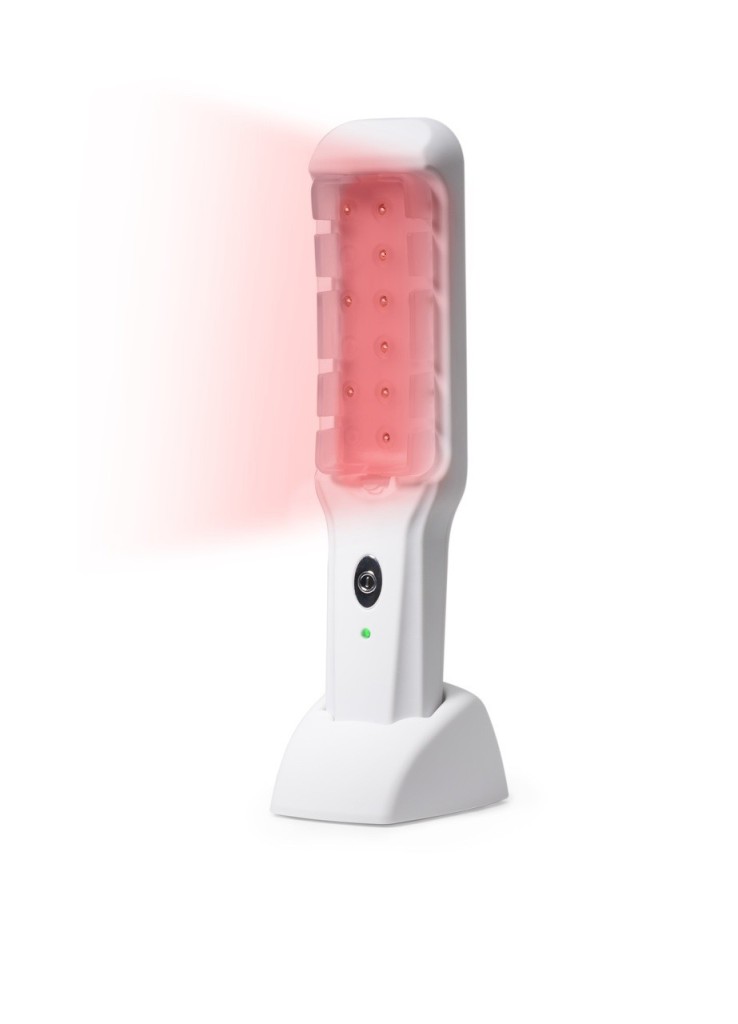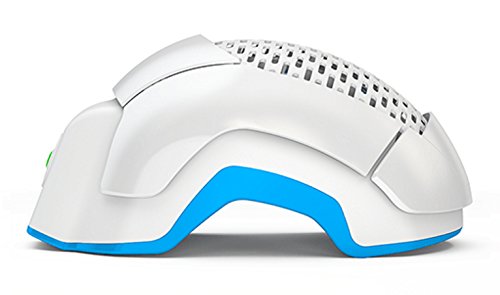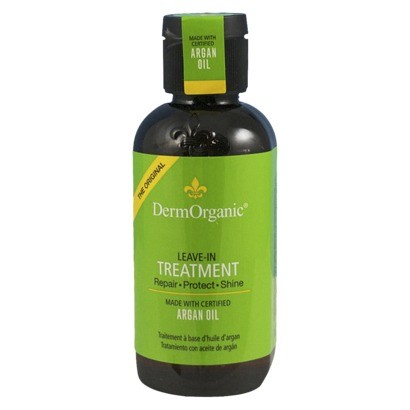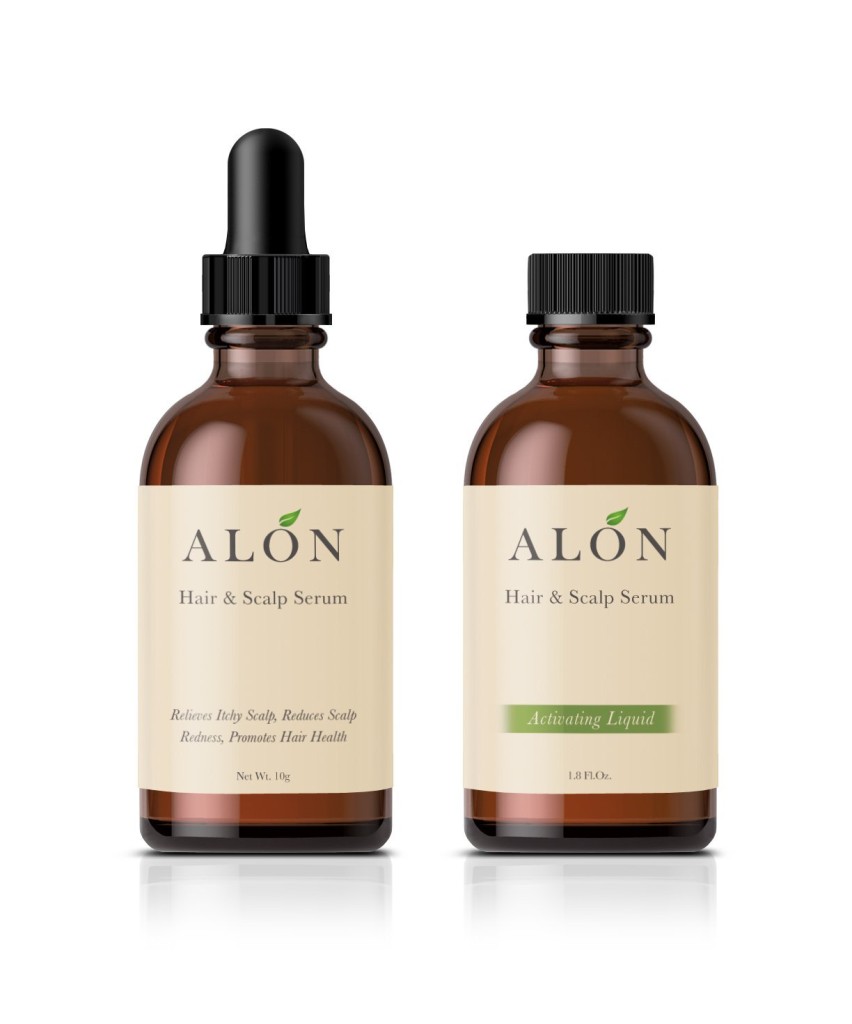09 Aug DIY Skincare Recipes
DIY Skincare Recipes
On week 76 we are sharing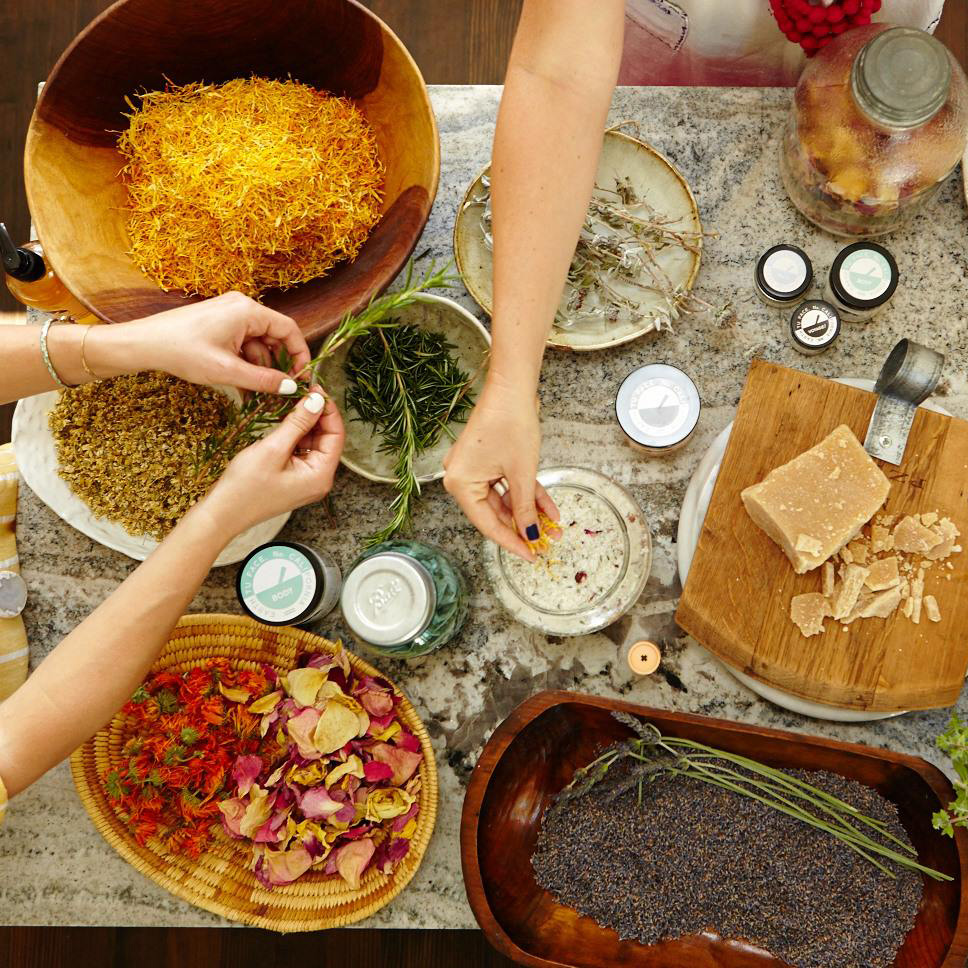 recipes that are fun and you can enjoy making with friends and family. At our home, my husband and I love making potions, creams, and folk remedies and we share them with friends and family also we keep stock for presents. I grew up with a mother that showed me many ways to create these products and I made a living for a while selling them. I have also shared the recipes with my daughter and she grew up making them and selling them also, so much came from it, enjoy and share, thank you for your time and interest we truly appreciate it.
recipes that are fun and you can enjoy making with friends and family. At our home, my husband and I love making potions, creams, and folk remedies and we share them with friends and family also we keep stock for presents. I grew up with a mother that showed me many ways to create these products and I made a living for a while selling them. I have also shared the recipes with my daughter and she grew up making them and selling them also, so much came from it, enjoy and share, thank you for your time and interest we truly appreciate it.
It is vital to be informed and careful about possible compound interactions before using any DIY recipes. Like anything, nature has its own contradictions as well. Please use your discretion and do a small test when in doubt, always remember to consult with your health practitioner, have fun and enjoy and like I said before please share.
Use of Turmeric to correct hyper-pigmentation
Mix a little amount of turmeric with cucumber juice or lemon. Apply this to the pigmented area of your skin.
Leave it for ten to fifteen minutes and wash off. Do this for a few days and gradually normal color of your skin will return. Lemon is a great astringent. Turmeric is an antiseptic and antioxidant that helps skin challenges such as this.
Anti-Wrinkle treatment for ideal skin
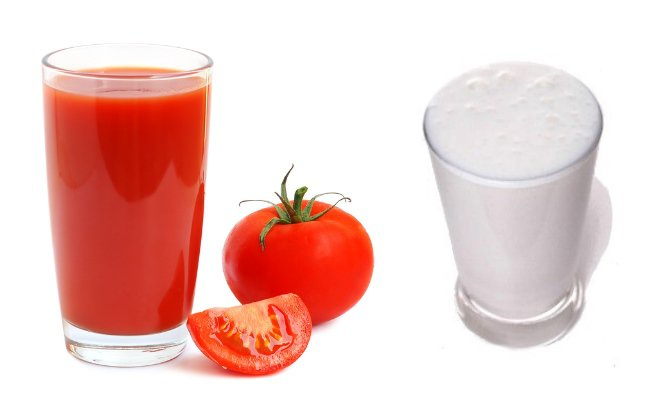
Whisk the tomato juice with an equal amount of milk. Store this mixture in the refrigerator. Apply this pack routinely twice a day. Leave this on your face for 10 minutes. This works as one of the best natural home aid for Skin Care.
Honey and milk
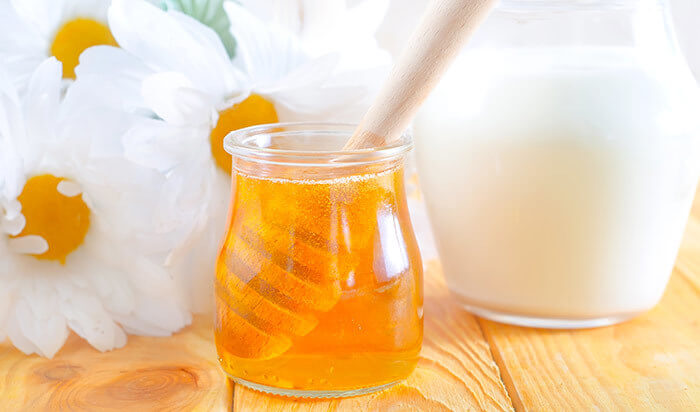
For dull and dry skin: Honey and milk are soothing and nourishing for skincare. These are the things that come straight from the breakfast table. One can apply our traditional moisturizer to the skin. It not only lightens complexion but also helps keep skin healthy and moist, aside from the Lactic acid in the milk helps the skin with a light resurfacing. It is very effective for dull and dry skin. Ghee can also be used as a moisturizer. Both ghee and malai can be used as a night cream.
A Firming Honey Face Mask

Sometimes you just need that extra lift to get you going. This easy, creamy, and affordable face mask can be yours with a few items you may already have in your cupboard. Check out this quick DIY recipe to have a natural firming mask in minutes:
Ingredients:
1 vitamin E capsule
1 Tbsp honey
2 Tbsp heavy cream
Directions:
Drain the contents of the vitamin E capsule into a small bowl. Add the honey and heavy cream and mix together until smooth consistency forms. Apply the mixture to your face and leave on for 15 to 20 minutes. Rinse off with warm water. Super simple! This recipe is safe for all skin types and not to mention.
Malai

Malai is an Indian cooking ingredient. It is made by heating non-homogenized whole milk to about 80°C (180°F) for about one hour and then allowing it to cool down. A thick yellowish layer of fat and coagulated proteins forms on the surface, which is skimmed off. The process is usually repeated to remove most of the fat. Malai has about 55% butterfat. Buffalo milk is thought to produce better malai because of its high-fat content. Buffalo milk with fat contents varying from 5 to 12% is heated and boiled and then allowed to cool up to 4 degrees Celsius for best results. Similarly, cow’s milk with milk fat from 3 to 5% is boiled and cooled to make malai.
Green Tea plus Grapefruit Toner
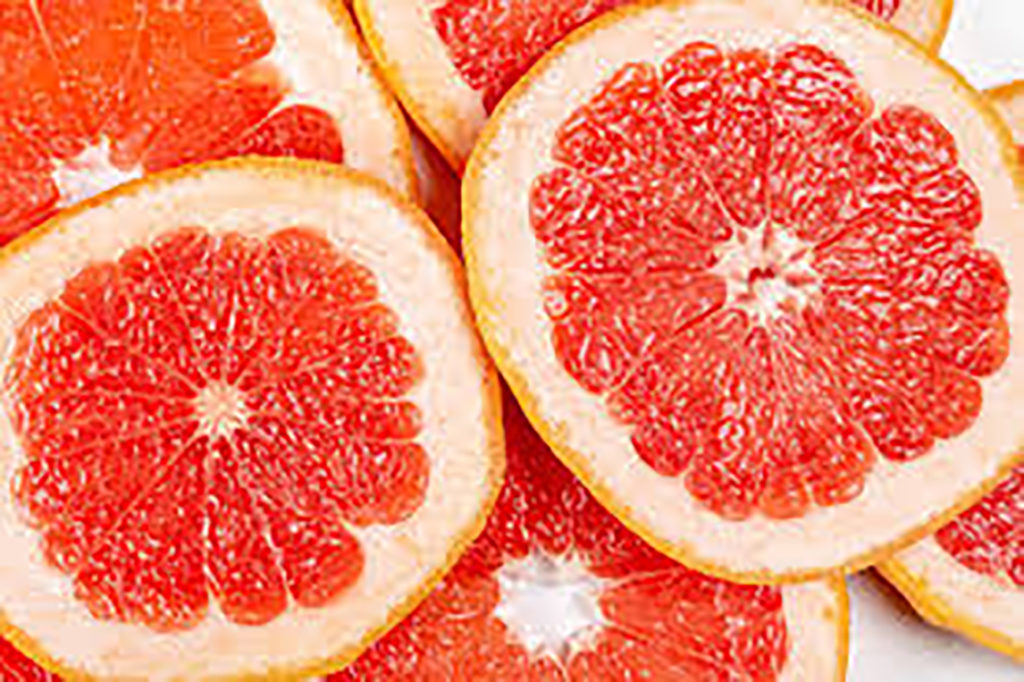 If you have oily or combination skin. This mask is great for you. It will also help to get rid of blackheads. Clean the dirt out with this fantastic fruit and tea toner.
If you have oily or combination skin. This mask is great for you. It will also help to get rid of blackheads. Clean the dirt out with this fantastic fruit and tea toner.
2 green tea bags steeped in 1 cup water and cooled.
1/4 cup witch hazel
Juice of 1/2 of a red grapefruit
How To Make Homemade Lip Butter
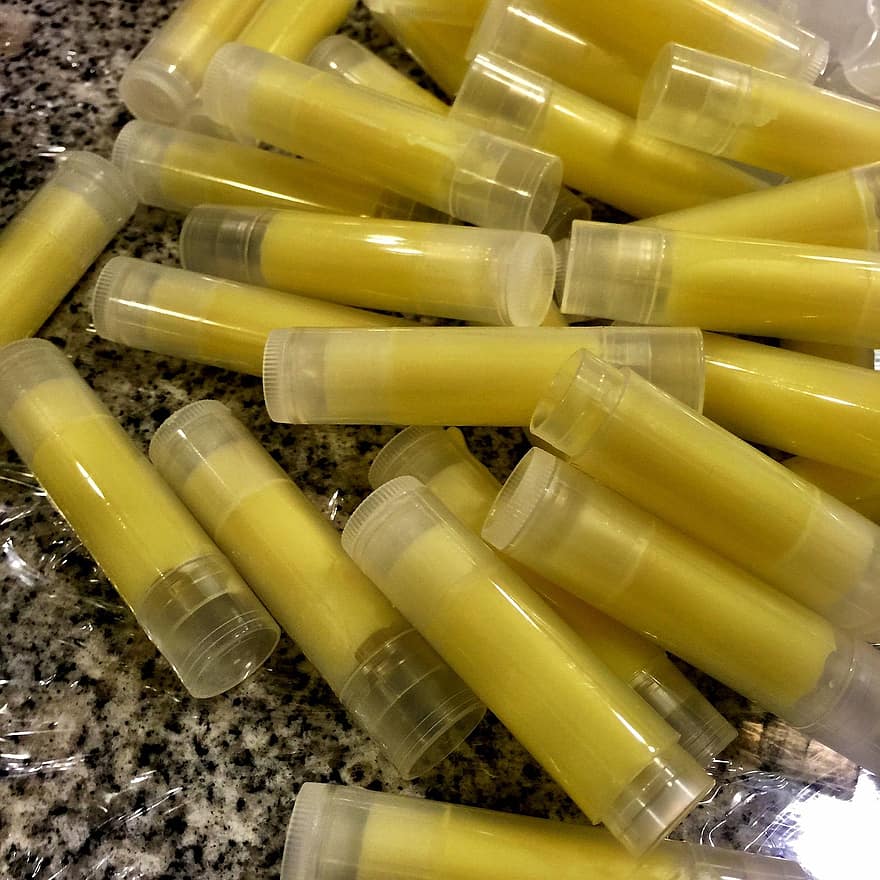 Try this smooth and buttery lip gloss. Save money on chapsticks and lip gloss. This is a great way to cut the spending on at home essentials! You can make lip butter in bulk and save it for later too
Try this smooth and buttery lip gloss. Save money on chapsticks and lip gloss. This is a great way to cut the spending on at home essentials! You can make lip butter in bulk and save it for later too
You’ll Need:
Chapstick or lip gloss containers (you can recycle old ones too)
1 tbs coconut oil
1 tbs cocoa butter
1 tbs beeswax (2 tsp for a softer butter)
1 tsp cacao powder (for chocolate)
4-5 drops essential oil (for vanilla flavor)
The banana-honey face pack
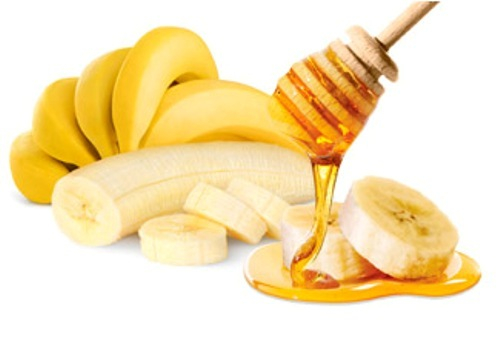
Whisk together two tablespoons of honey, two teaspoons of glycerin, one egg white and one mashed banana to form a smooth consistency. Gently massage your face with this pack. The fingers should follow a circular movement while massaging your face.
Then coat your face with the remaining mixture. Leave it for fifteen minutes and wash off your face with water. This homemade face pack not only rejuvenates your skin but also gives it a supple feel.
The banana-honey face pack: Whisk together two tablespoons of honey, two teaspoons of glycerin, one egg white (use pasteurized egg), and one mashed banana to form a smooth consistency. Gently massage your face with this pack. The fingers should follow a circular movement while massaging your face.
Then coat your face with the remaining mixture. Leave it for fifteen minutes and wash off your face with water. This homemade face pack not only rejuvenates your skin but also gives it a supple feel.
Soften cuticles with honey: Whisk together three tablespoons of almond oil, 3 tablespoons of raw linseed oil, and 3 tablespoons of honey. Use this mixture to massage your nails and fingers.
Cucumber
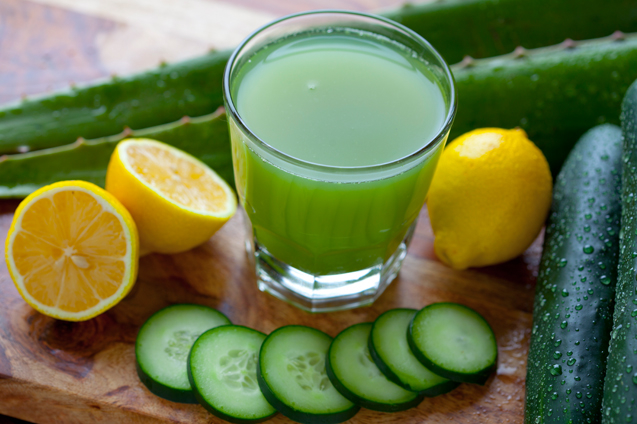
Cucumber cleanses the skin and helps to soothe the skin and bring back the glow of the skin. Scrubbing the neck with cucumber removes the dead skin cells.
Apply grated cucumber or cucumber juice on the dark neck.
Gently scrub the neck for a few minutes
. Wash it off after 15 minutes.
Lemon Juice
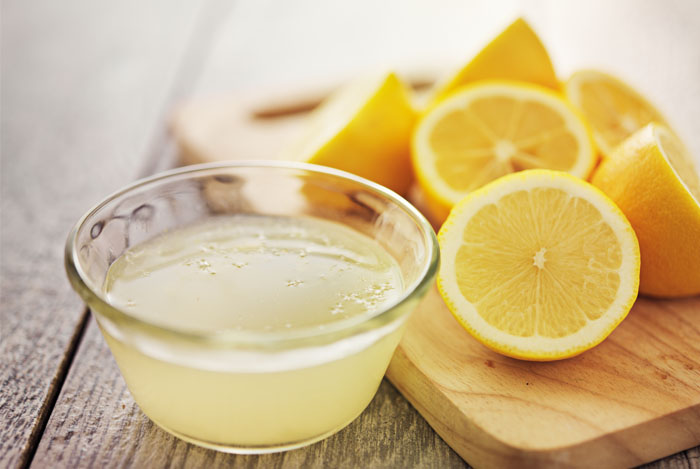
Lemon Juice – The citric acid present in the lemon juice is a natural bleaching agent. If you have sensitive skin, you will have to dilute lemon juice for this purpose. Apply lemon juice to the dark skin of the neck using cotton ball Leave it there for 10-20 minutes and wash it off with water. Do not expose the skin to sunlight after applying lemon juice.
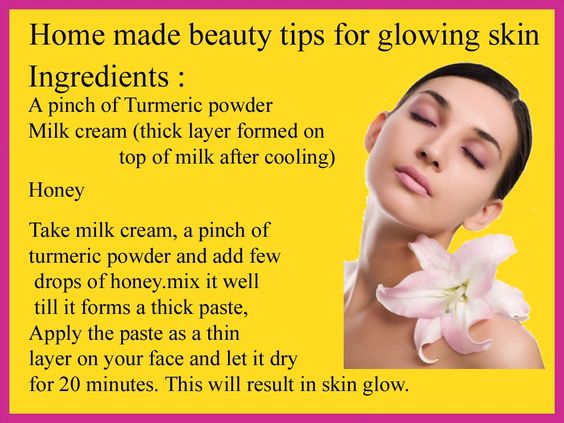
Avocado-Honey Moisturizer
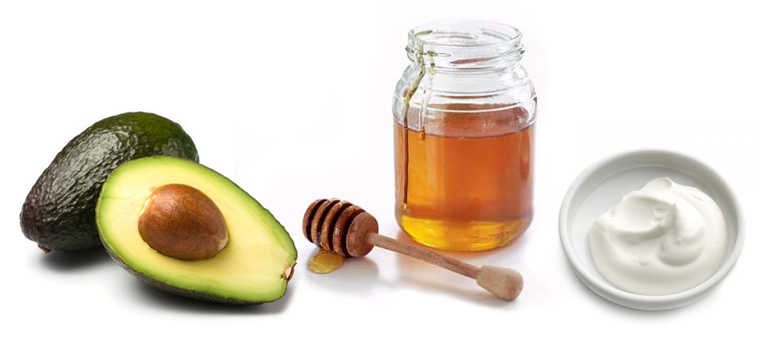
Avocado-Honey Moisturizer
A moisturizer is an anti-aging must. By helping your skin retain moisture and acting as a temporary filler for wrinkles, it makes your complexion look smooth. Dr. Ordon says that his patients love this recipe because it makes their skin look and feels dewy, and youthful.
Ingredients:
3 tablespoons of fresh cream 1/4 avocado
1 tablespoon honey
Directions:
Place all three ingredients in a blender and puree into a smooth cream. Apply it to your skin and leave on for at least an hour. Rinse off with warm water.
Cornstarch
You may think cornstarch can only be used to thicken your gravy, but it’s also useful in easing itchy, dry skin, it works miracles for chickenpox or itchy rashes. Make a paste and apply to skin let it dry and remove with a wet warm cloth and apply Aloe Vera Gel. Sprinkle a handful in the bathtub and have a soak, if you can, do not rinse, pat dry, and wait a few minutes before you apply moisturizer. I highly recommend Coconut Oil.
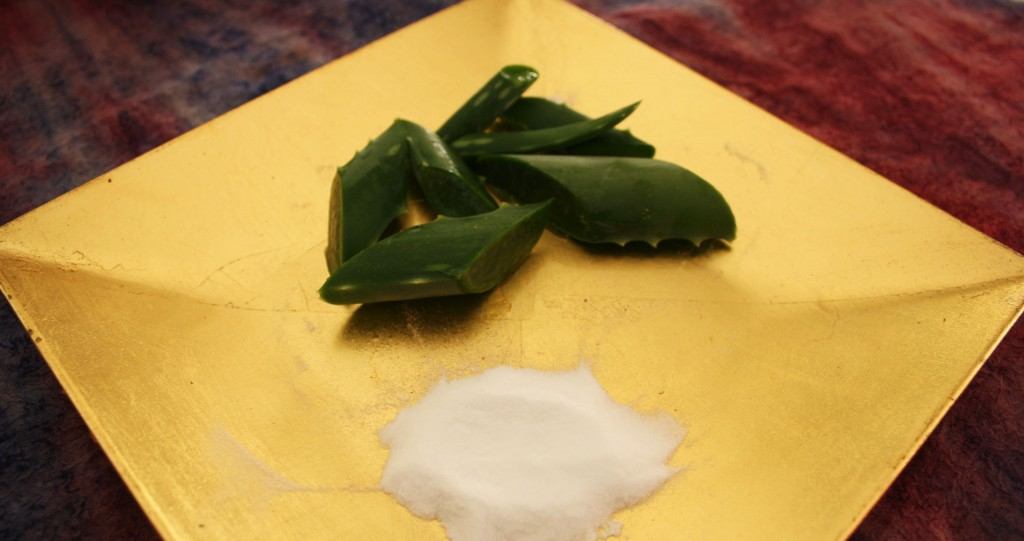
Oatmeal
Adding oatmeal to your bath will soothe your skin. The oats are packed with vitamin E, a nutrient vital to healthy skin. Oatmeal is also used as a folk remedy for treating dry, chapped hands. Rub your hands with wet oatmeal instead of soap. Dry your hands with a towel, then rub them with dry oatmeal. Vinegar. Try this folk remedy for chapped hands: Wash and dry hands thoroughly, then apply vinegar. Put on a pair of soft gloves and leave them on overnight.
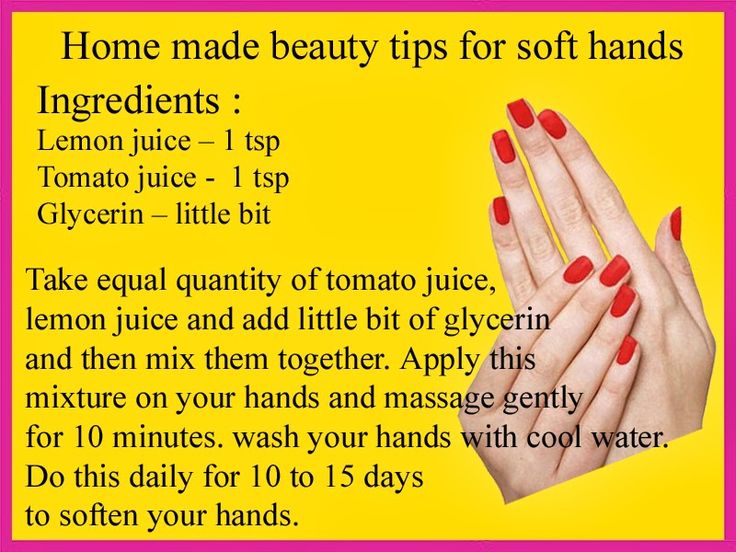
Mayonnaise
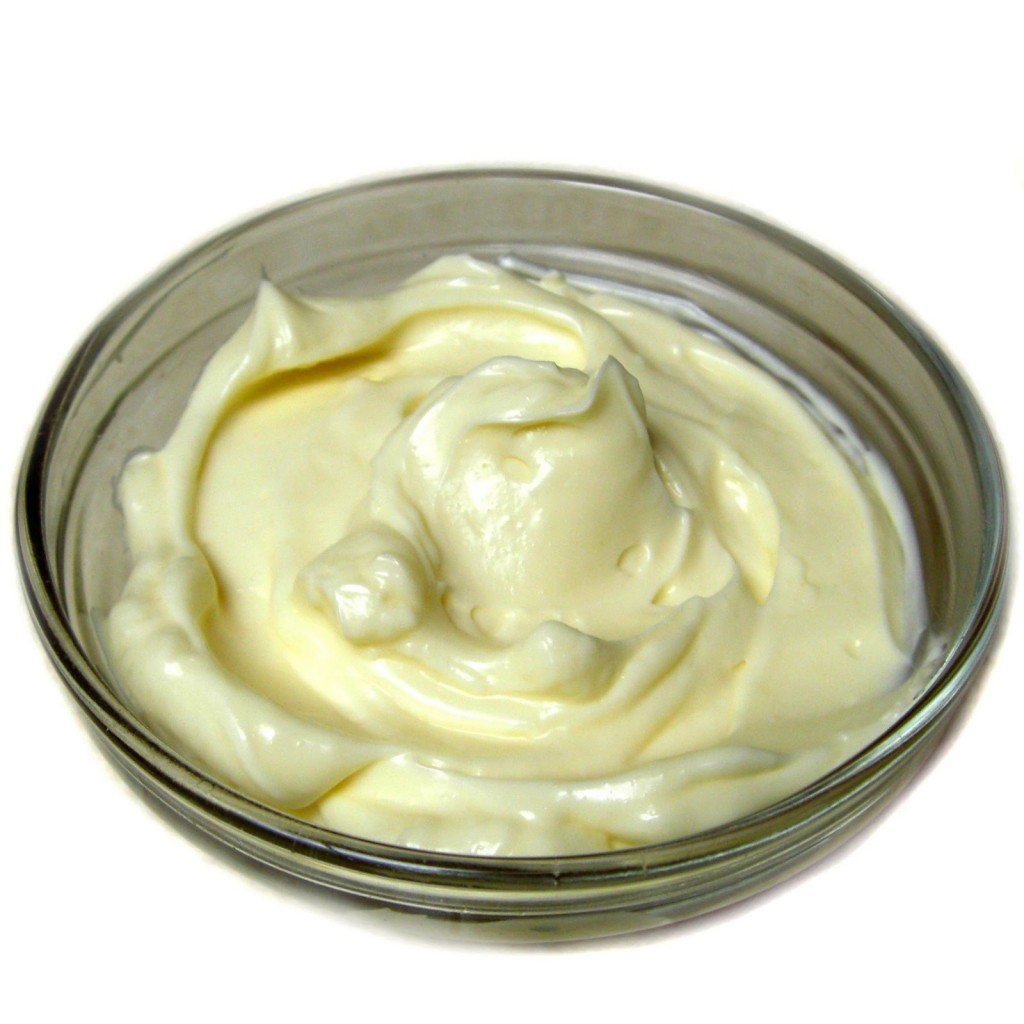
Mayonnaise straight from the jar will make hair soft and shiny. The egg nourishes brittle hair with protein, while the vinegar gives it body and bounce.
Try this mixture to regain supple hair: Mix one teaspoon powdered brewers’ yeast with four ounces of apple cider vinegar to create an after-wash rinse. Pour it over wet hair and let stand at least a minute before rinsing. Dry skin
For a homemade scrub, mix ground oats and honey. Rub all over your face—especially your nose, make sure you scrub gently. The scrub part of the mixture will remove dry, scaly skin while the honey seeps in as a moisturizer. Rinse completely off and pat dry, and your skin will be glowing and baby soft. Only use this remedy once a week.
For super dry skin, use olive oil. Rub it in prior to a bath or shower. You may substitute peanut, sesame, or sunflower oil.
A quart of milk in a hot bath is a luxury as well as a skin toner. It’s a trick nearly as old as time.
Teabags
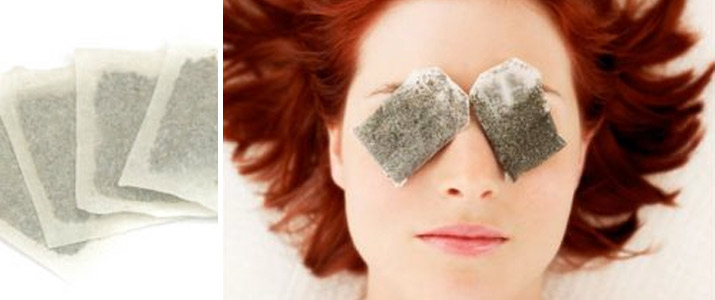
Puffy, tired-looking eyes?
Used tea bags make excellent eye cosmetic After dunked, drain it and place it over your closed eye (one for each) and hold it there for a few minutes. Redness, soreness, swelling, and irritation will disappear like magic.
Bug Off Citrus Butter
One way to keep pesky little critters fully controlled
1/2 cup Cocoa butter
1/2 cup Coconut oil
1/2 cup Shea butter
1/2 cup Sweet Almond Oil 1 tsp vitamin E oil
10 drops Citronella essential oil 5 drops orange essential oil
Place the Cocoa butter, Coconut oil, and Shea butter in a large glass jar or glass measuring cup.
Place inside a pan with about 2 inches of water. Heat over medium heat until everything melts completely, stirring gently with a wooden spoon or chopstick. Remove from heat and add the sweet Almond oil, essential oils, vitamin E, and citronella oil. Mix thoroughly.
Place the mixture in a sanitized jar.
Chill in your fridge for about an hour. The mixture should be firm, but not too hard. once the mixture is chilled, use your mixer or hand mixer to whip it to a smooth consistency.
Sweet Chai Tea Bomb
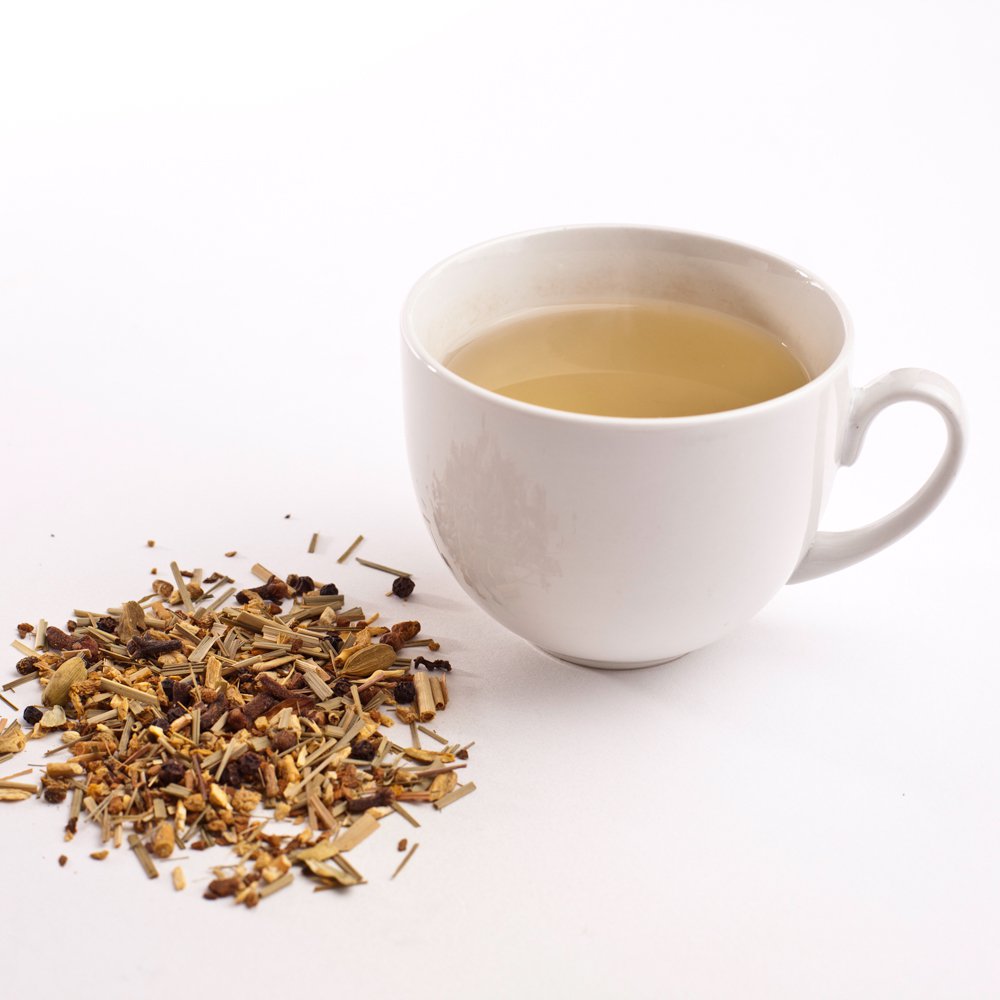
At last the soothing comfort of spicy Chai Tea for you for your bath! You got to love it, don’t you agree? YumYum body. You can also use Green Tea powder. Clove Oil is very strong and can be too much for sensitive people so use a very small amount.
You may not need the Witch hazel if the honey does its job, I use it in batches that seem too dry. I like the round bomb mold best for this recipe.
1 cup of Citric Acid
2 cups baking soda
3 tablespoons kaolin clay
1/4 cup organic brown sugar
3 tablespoons sweet Almond Oil
2 tablespoons Organic tea powder
2 tablespoons honey
10 drops or less for sensitive skin do a patch test when the full mixture is done
5 drops vanilla essential oil
Witch Hazel to bind
Place the dry ingredients in a glass bowl and work with gloved hands until there are no lumps.
Add the sweet Almond oil, honey, and the essential oils to a mixture, and blend with a whisk. Test the consistency with your hands. The mixture should hold together when squeezed. If it feels crumbly, spritz in some witch hazel to bind. Pack the mixture firmly into the mold Set aside for ten minutes then tap lightly on the back of the mold to release it, enjoy.
Banana, Strawberry, Kiwi, and Honey Face Mask
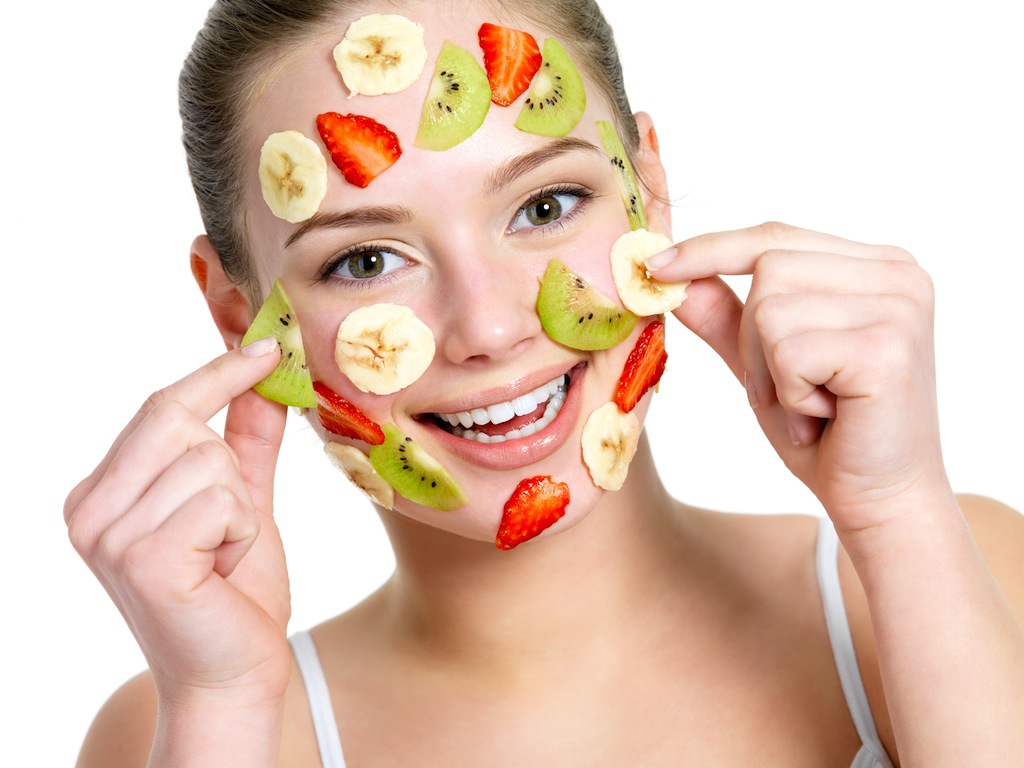
When it comes to face masks for oily skin is this simple yet very nourishing natural solution.
Ingredients: 1 ripe banana, 3 Strawberries 1 tablespoon of honey, 10 drops of lemon juice, and Kiwi slices for the eyes.
You should mix the banana and honey in a bowl. Then, add the lemon juice and combine them. Once the mixture is ready, apply it on your face and let it work its magic for about 15 minutes. In the end, rinse with lukewarm water and wipe your complexion with a washcloth.
Cucumber, Egg White, Lemon, and Clay Mask
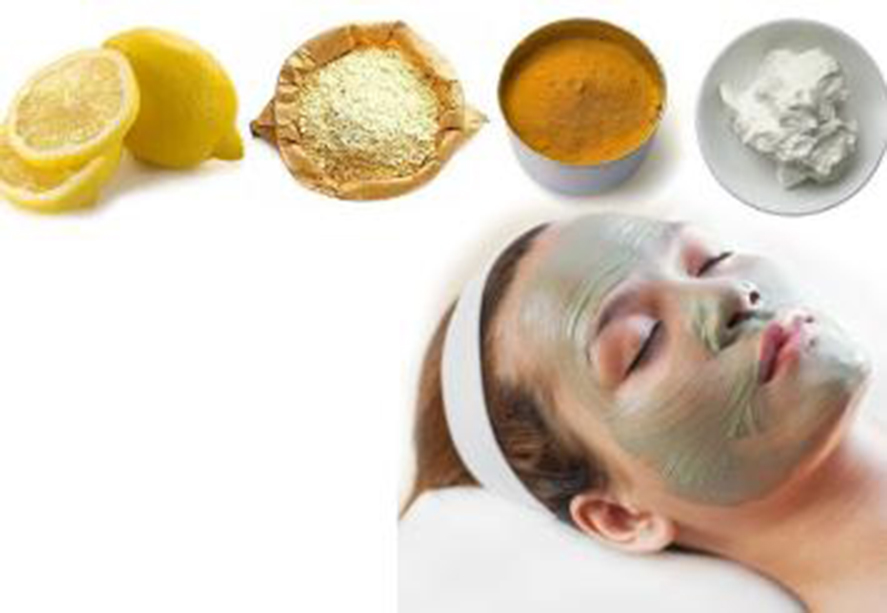
This mask is just perfect for cleansing clogged pores. As its name suggests, you’ll need the following ingredients: 1 tablespoon of egg white, ½ teaspoon of clay, a few drops of lemon juice, and 1 egg white.
Add all these ingredients together and mix them until a smooth paste is formed. Then, apply the mask on your face, but make sure to avoid the eyes area and leave it for about 20 minutes. Finally, rinse with warm water.
Strawberry and Yogurt Facial
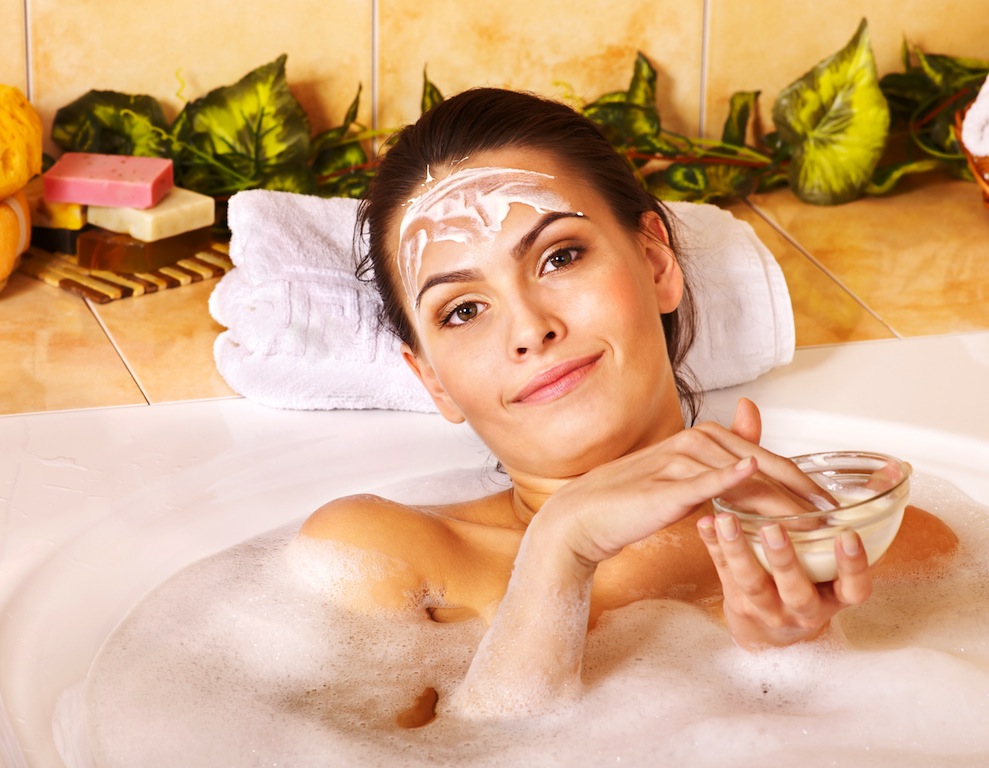
You should know that the yogurt will help exfoliate your acne-prone skin.
Ingredients: 4 ripe strawberries, 1 teaspoon of plain yogurt
Firstly, wash thoroughly the strawberries, then use a fork to mash them. Add the plain yogurt and stir until it becomes smooth. Then apply this mixture on your face and let it sit for 10-15 minutes. Use warm water for rinsing.
Homemade Juice Mask
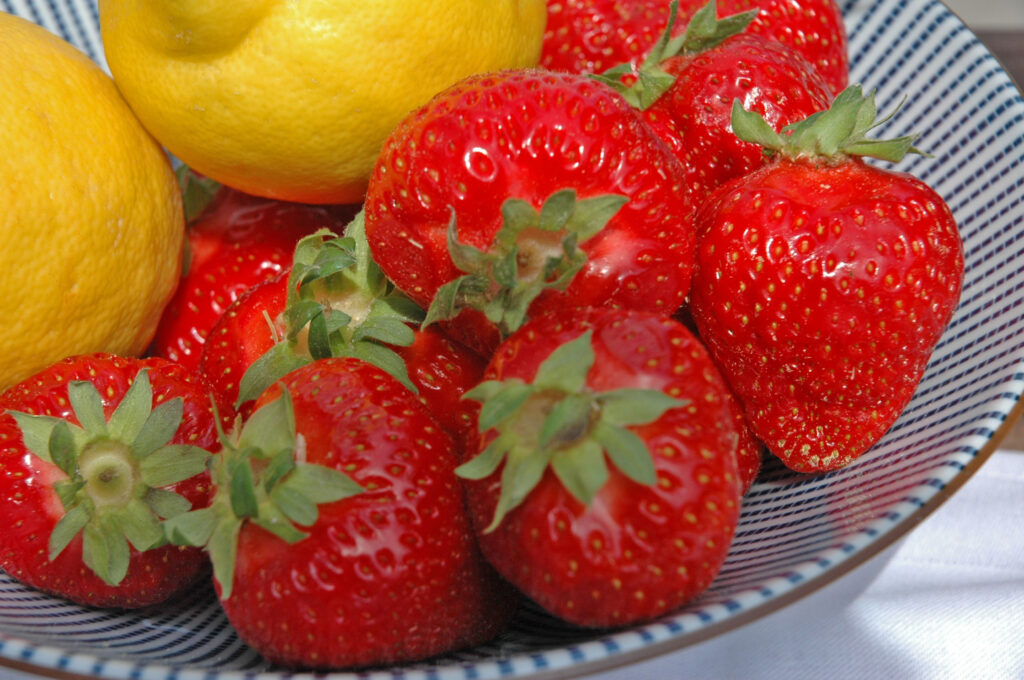
Both lemon and strawberries have natural astringents that are perfect for fighting acne.
Ingredients: 1 teaspoon of lemon juice, 1 cup of strawberries, 2 egg whites, 3 teaspoons of honey, and 4 drops of essential oil.
You should mash the strawberries with a fork until they form a smooth paste. Then, add the lemon juice, honey, and egg whites and mix them together. Apply the formed mixture on your face and let it stay for about 10 minutes. Rinse with warm water and warm cloth.
Oatmeal Face Mask

For this mask, you’ll need 1 tablespoon of honey, some oatmeal, and 1 egg yolk.
You should take a small bowl and mix there the egg yolk and honey. Then, add slowly some oatmeal so that you create a thick paste. Apply the mask on your face and neck and let it sit for about 15 minutes. In the end, rinse with warm water.
Apricot, Yogurt and Clay Mask
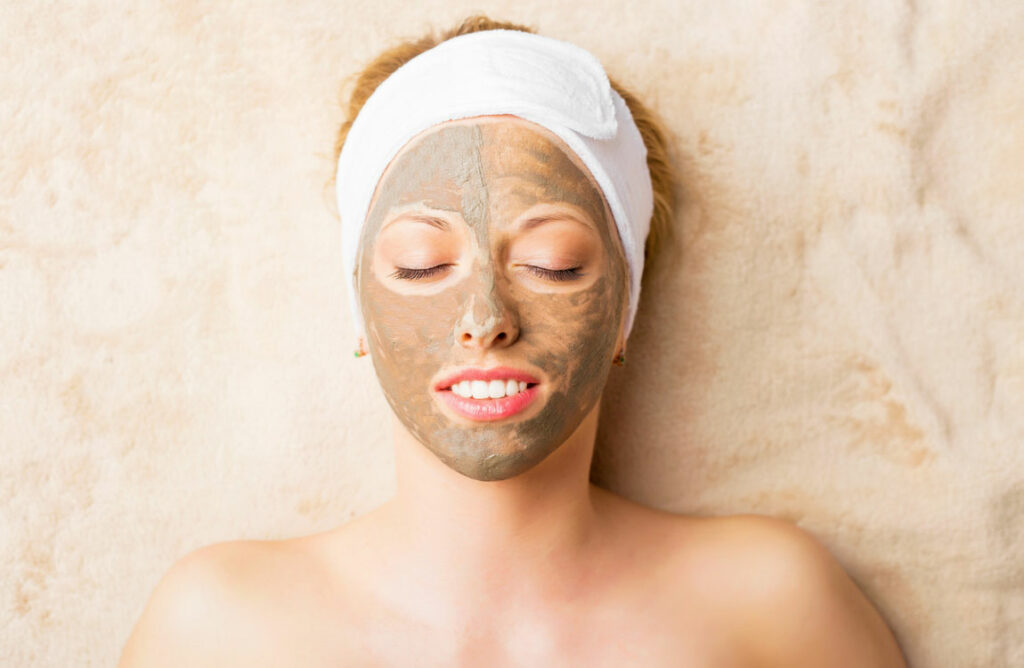
This is an amazing natural face mask because it nourishes your skin and regulates its oiliness. We recommend using it once or twice a week. You can easily create it with the following ingredients: ½ teaspoon of clay, 1 apricot and 1 tablespoon of yogurt.
Firstly, you should peel the apricot. Then add it into a blender and mash it. Add the yogurt and clay and blend them together until a paste is formed. Apply it carefully on your face and leave it for 20 minutes. Then rinse with warm water.
Turmeric and Yogurt Face Mask
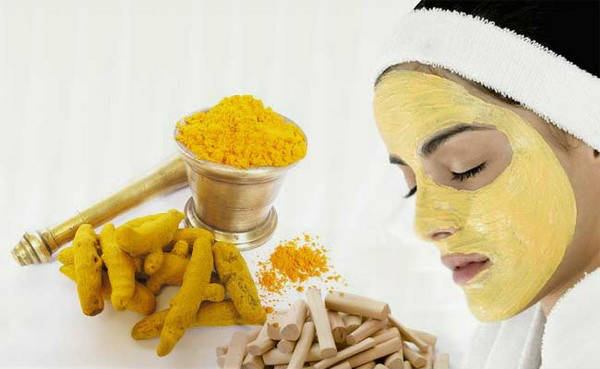
Ingredients: 2 tablespoons of rice flour, ¼ teaspoon of turmeric powder and ½ cup of plain yogurt.
Mix all these ingredients until they form a smooth paste and afterward apply the mixture on your face and let it sit for about 15-20 minutes. Then use a wet cloth for rinsing.
Aloe Vera Turning Brown? 9 Easy Solutions
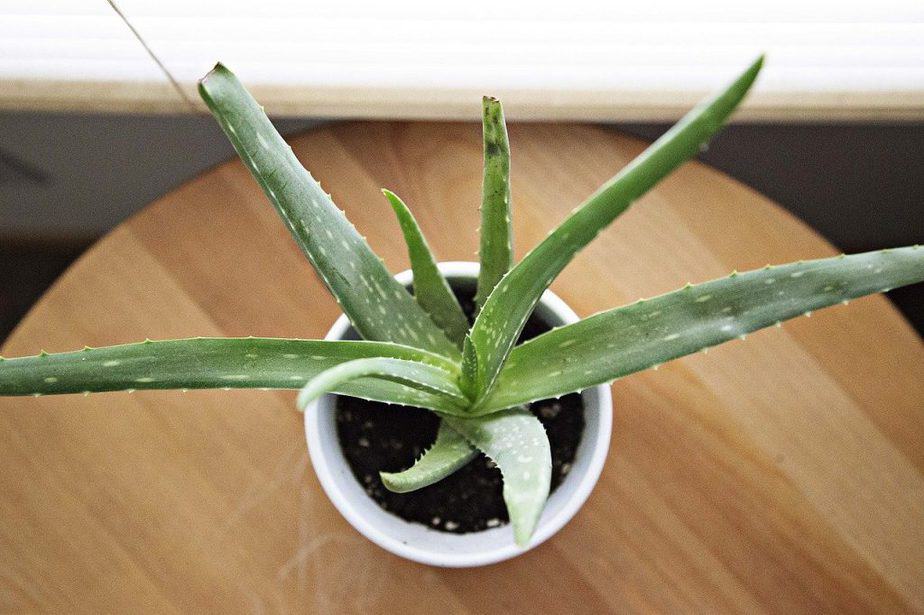 Aloe vera plants are one of the easiest and most beneficial plants to keep in or around your home. Not only are they simple to care for, but they also offer many health benefits, such as the acceleration of burn heals, prevention of wrinkles, dental plaque reduction- and that’s only the tip of the iceberg.
Aloe vera plants are one of the easiest and most beneficial plants to keep in or around your home. Not only are they simple to care for, but they also offer many health benefits, such as the acceleration of burn heals, prevention of wrinkles, dental plaque reduction- and that’s only the tip of the iceberg.
I had a few of these plants while growing up, and I was always breaking off stems and soothing my scrapes from playing in the backyard. Even as a kid, I knew their benefits were helpful!
These plants require minimal care, as they are grown as succulents. Though the steps for success seem easy, maintaining proper care is how you’re going to prevent your aloe vera from turning brown. Some of the most common reasons for browning on your plant include:
- Excessive heat or cooling
- Over or underwatering
- Disease
- Pests
- Salt buildup in the fertilizer
Read the full post from a great contributor here: https://happydiyhome.com/aloe-vera-turning-brown/

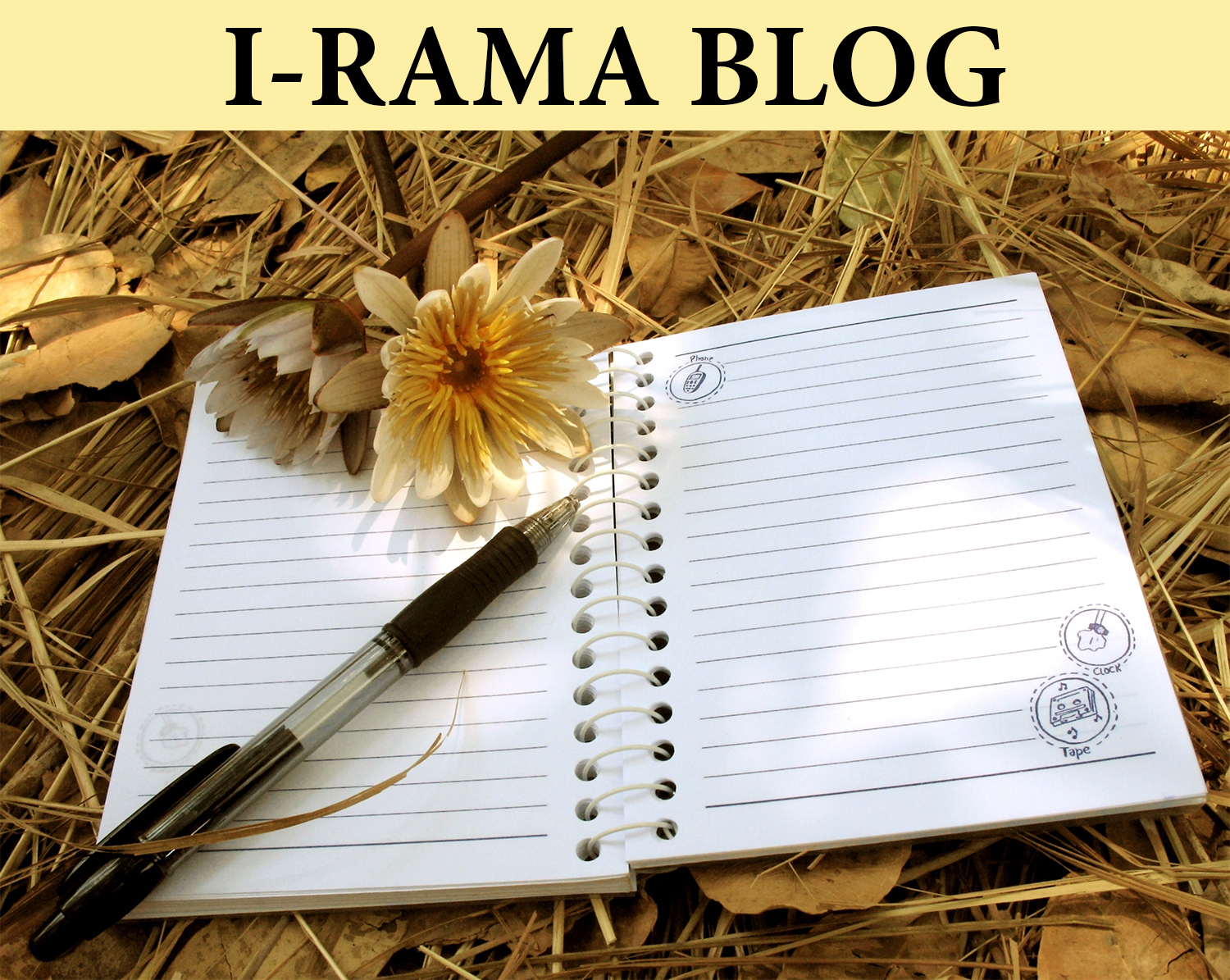

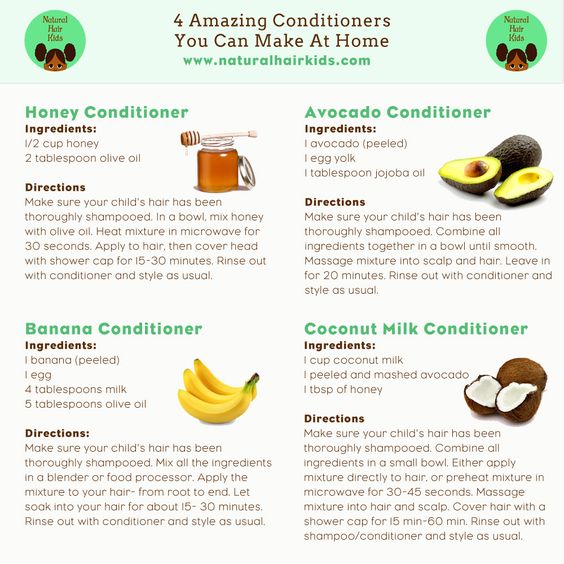
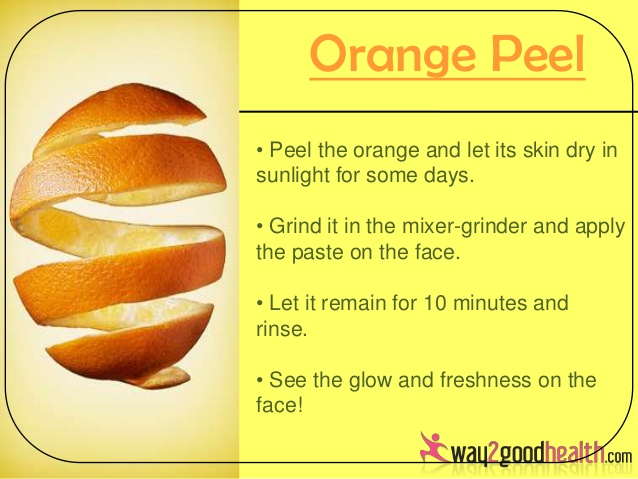
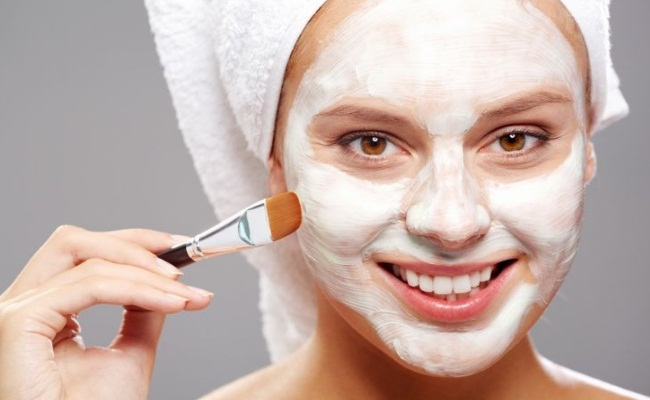
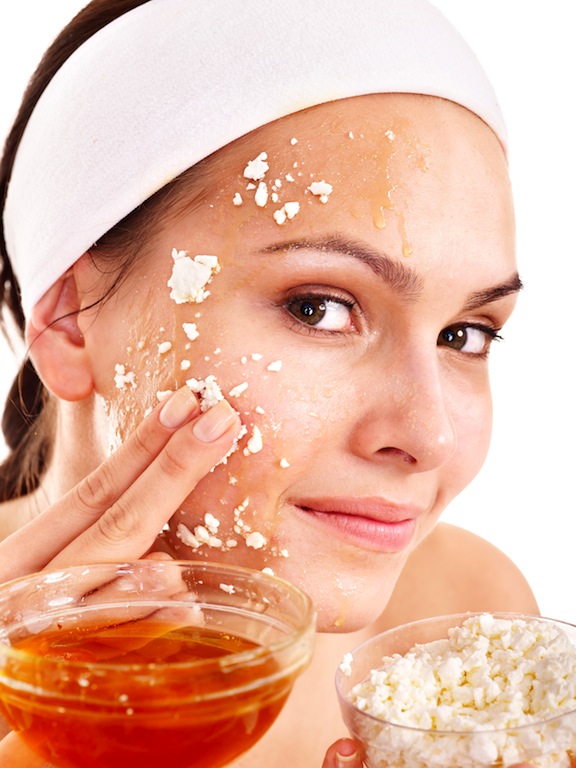
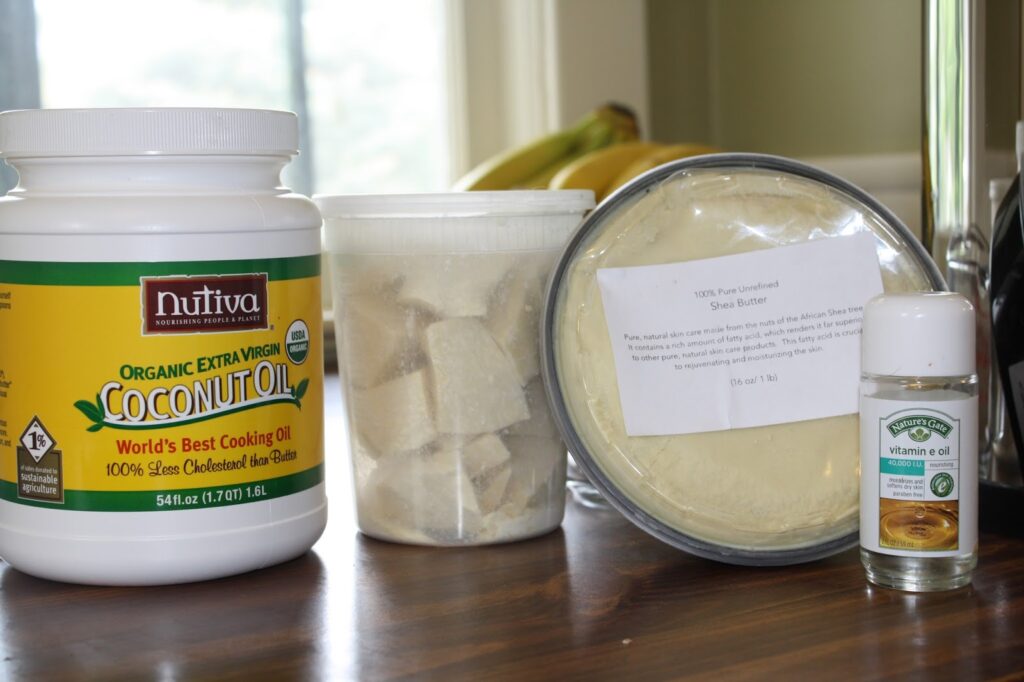
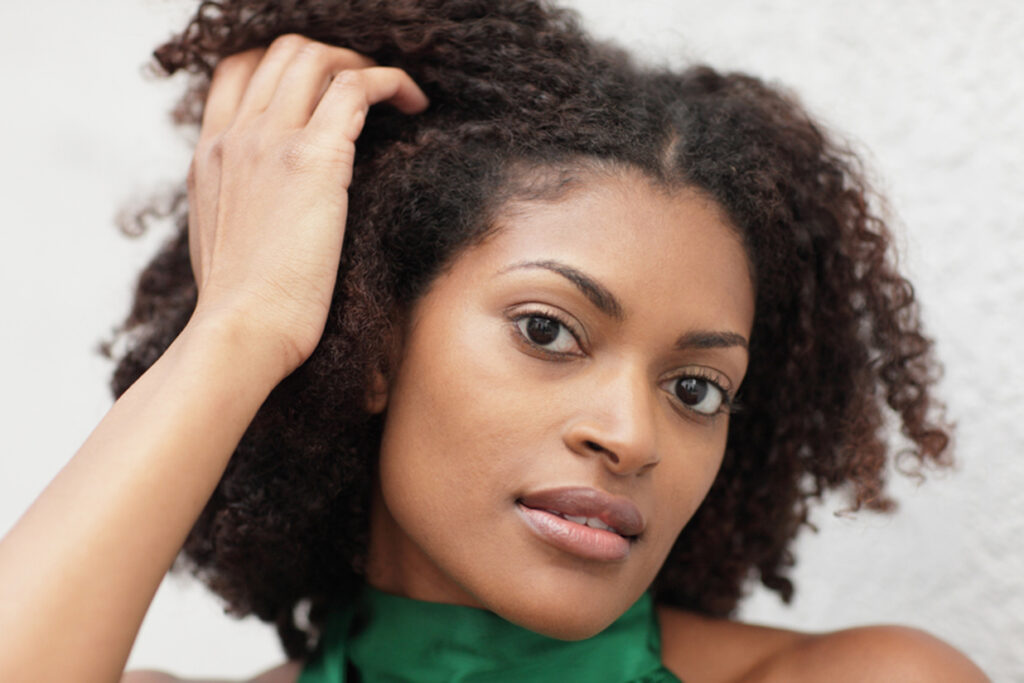
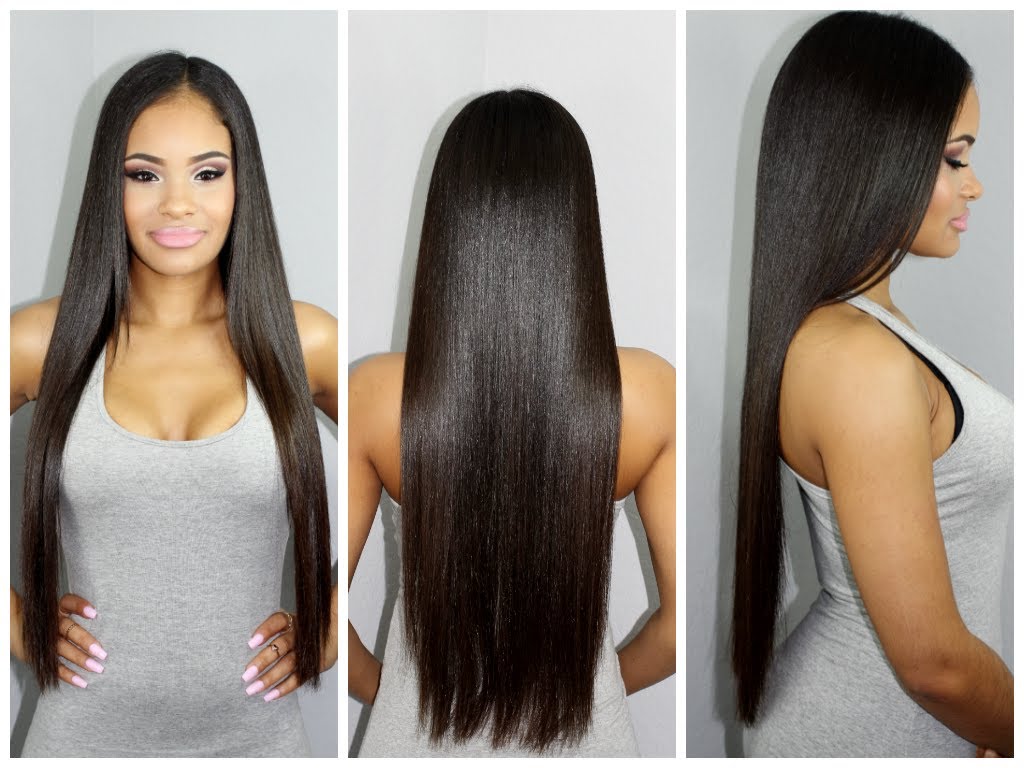 from
from 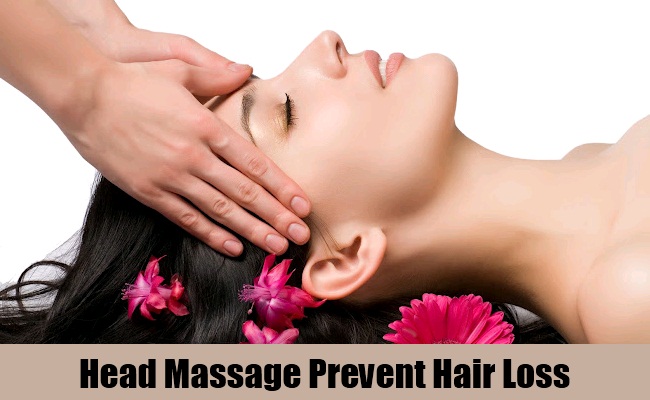
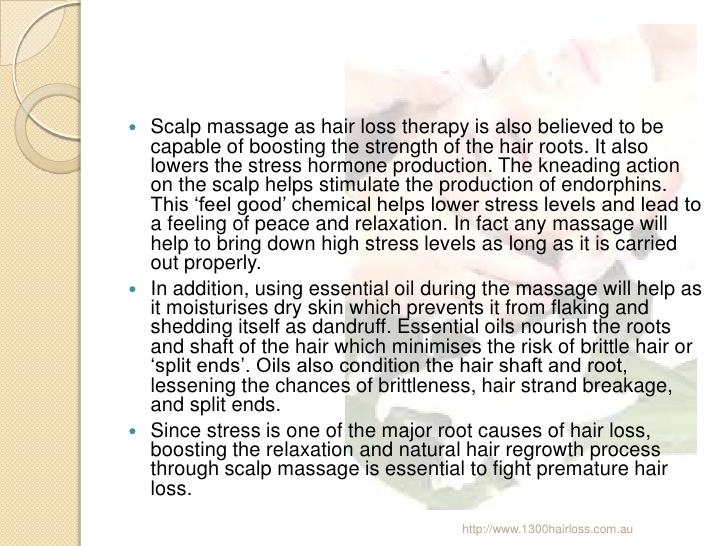
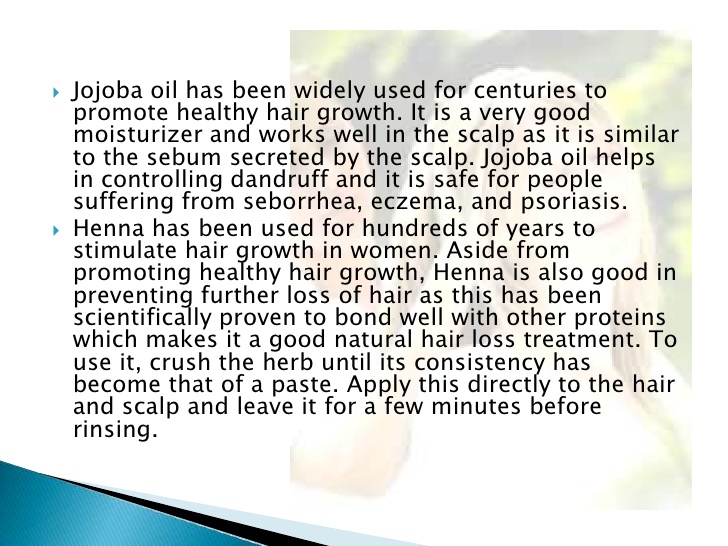
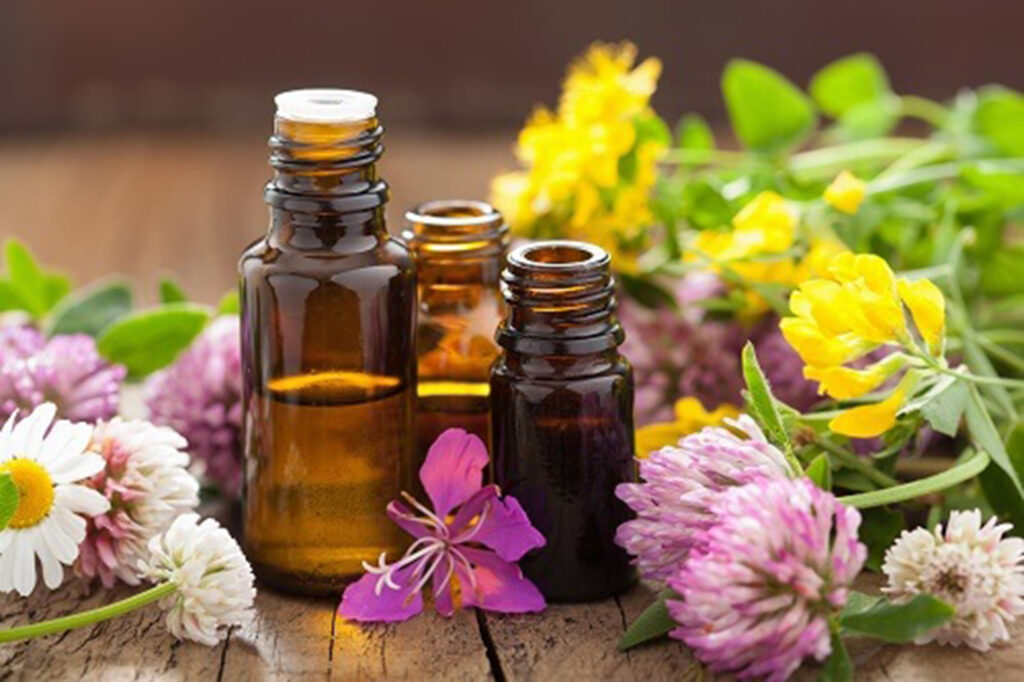 from:
from: 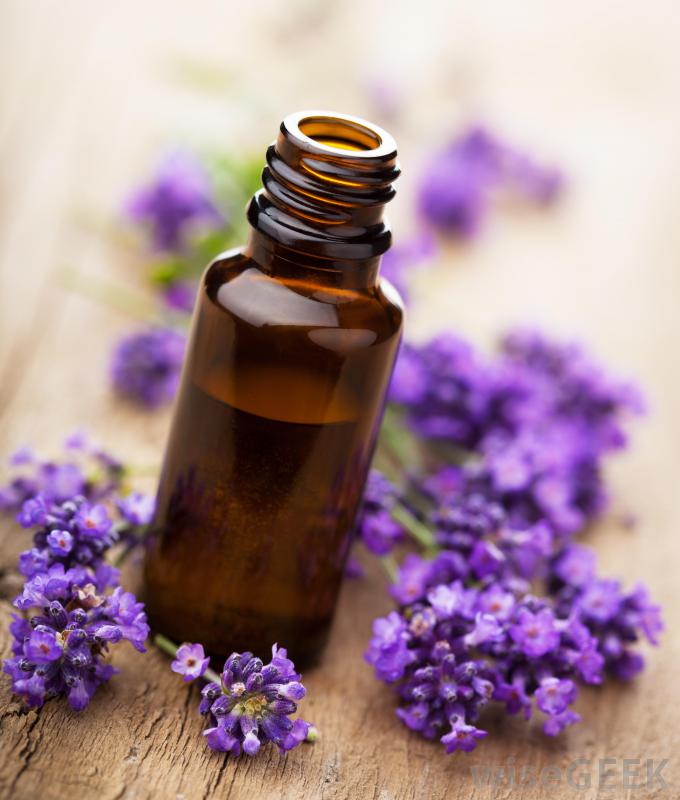
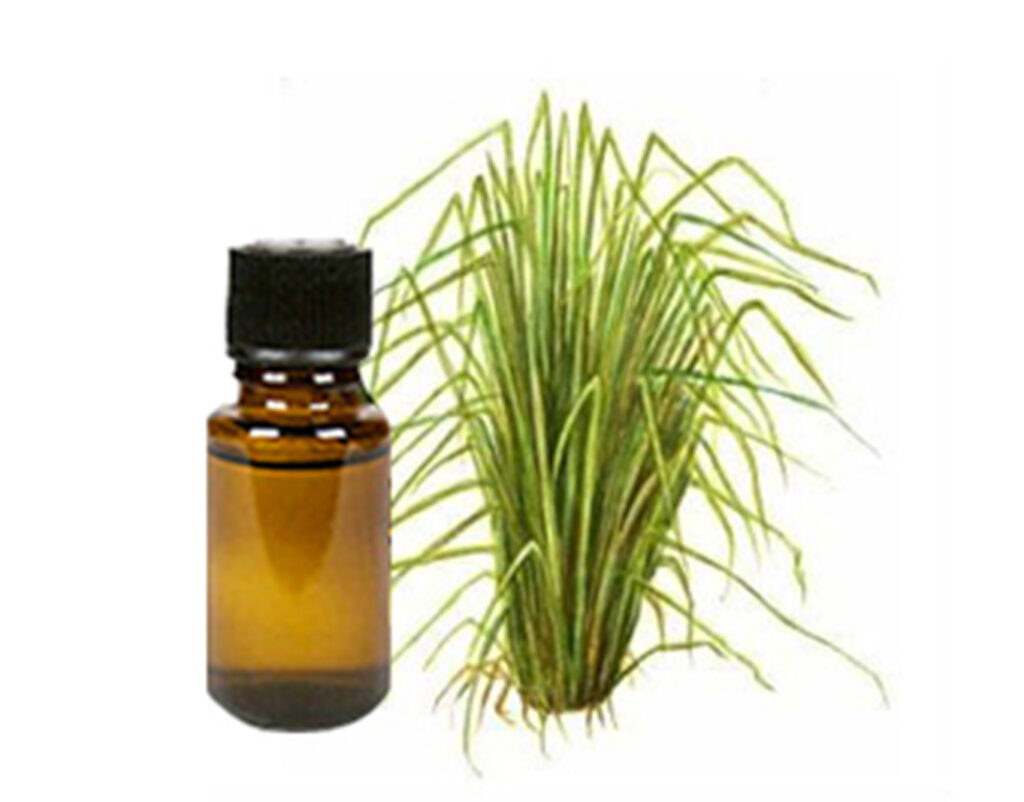
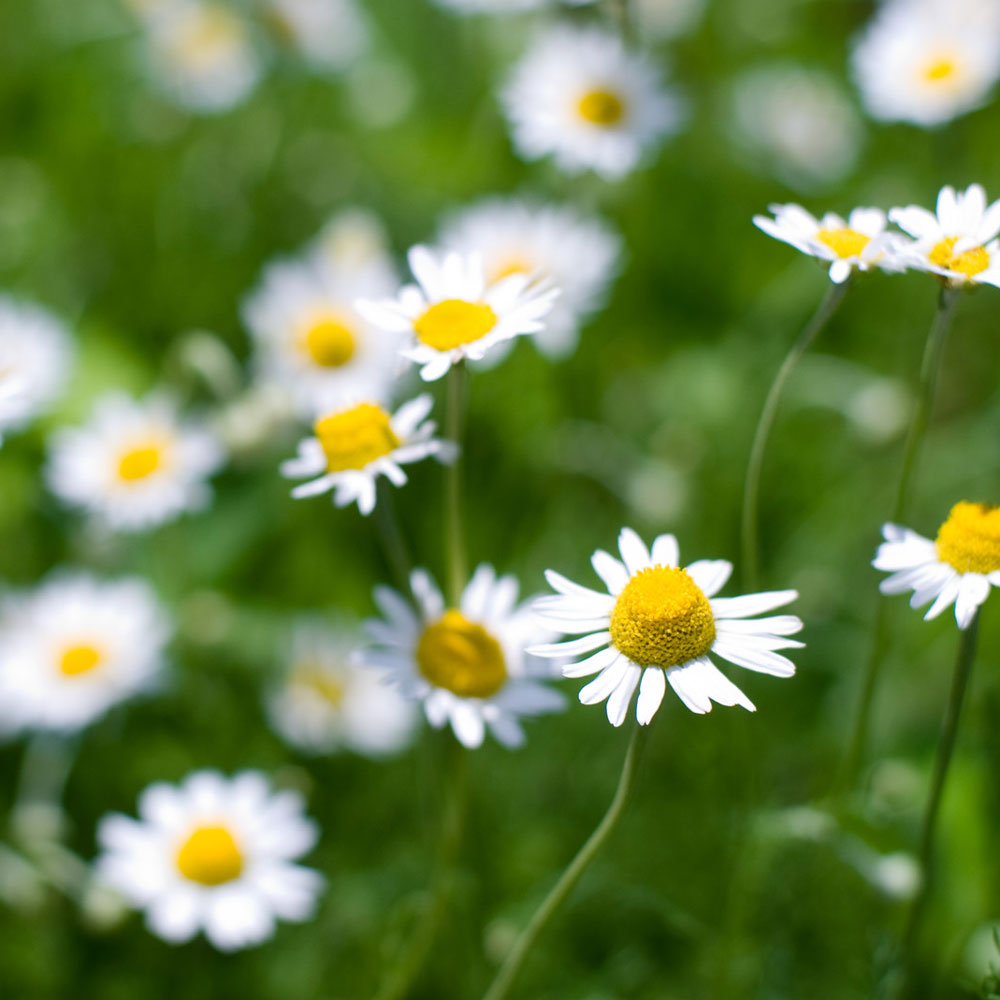
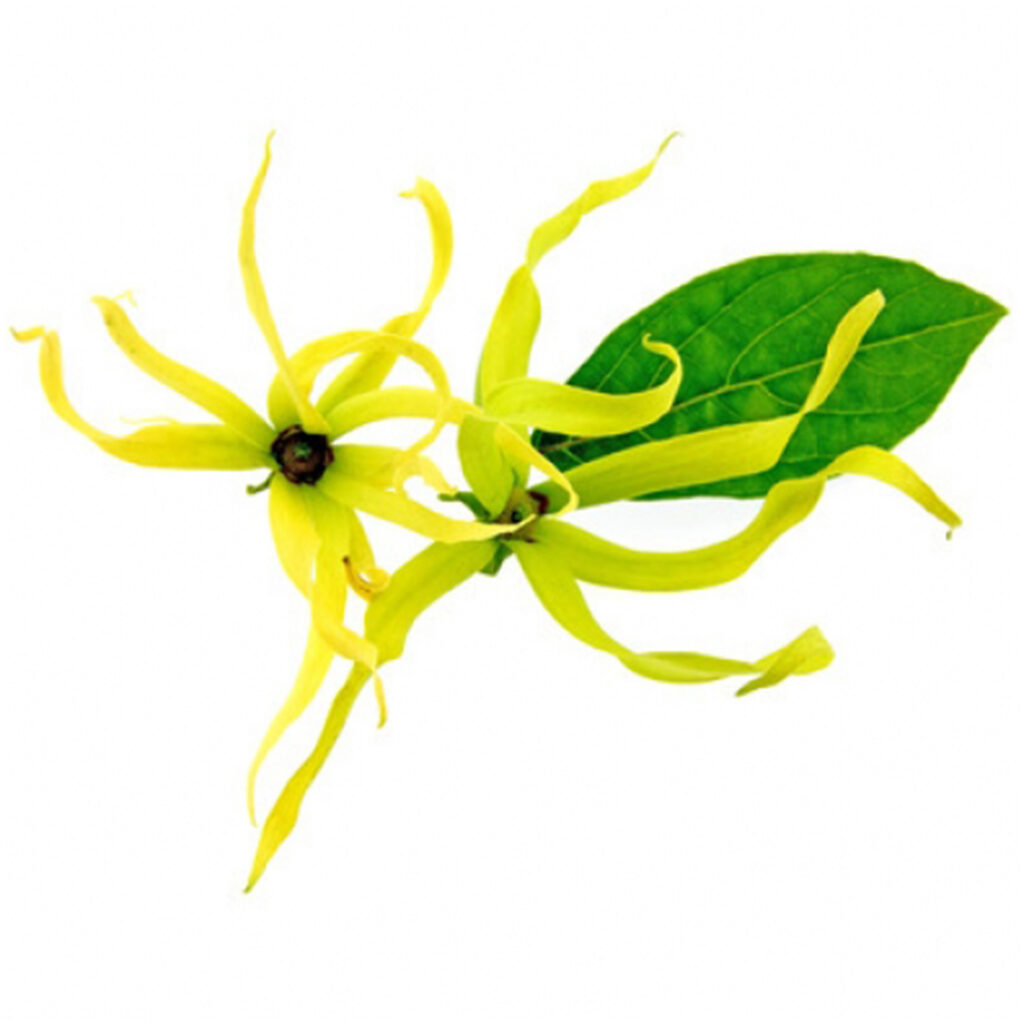
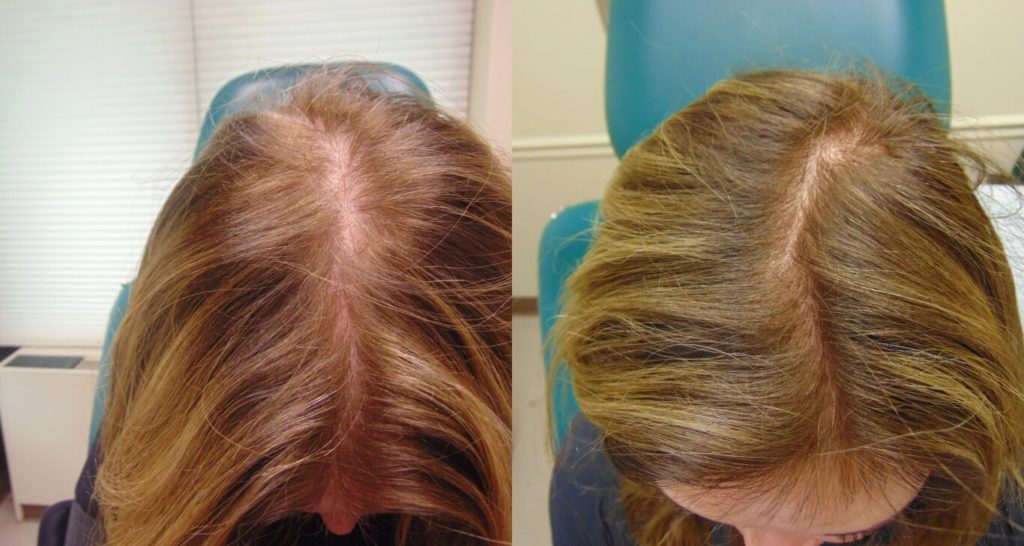
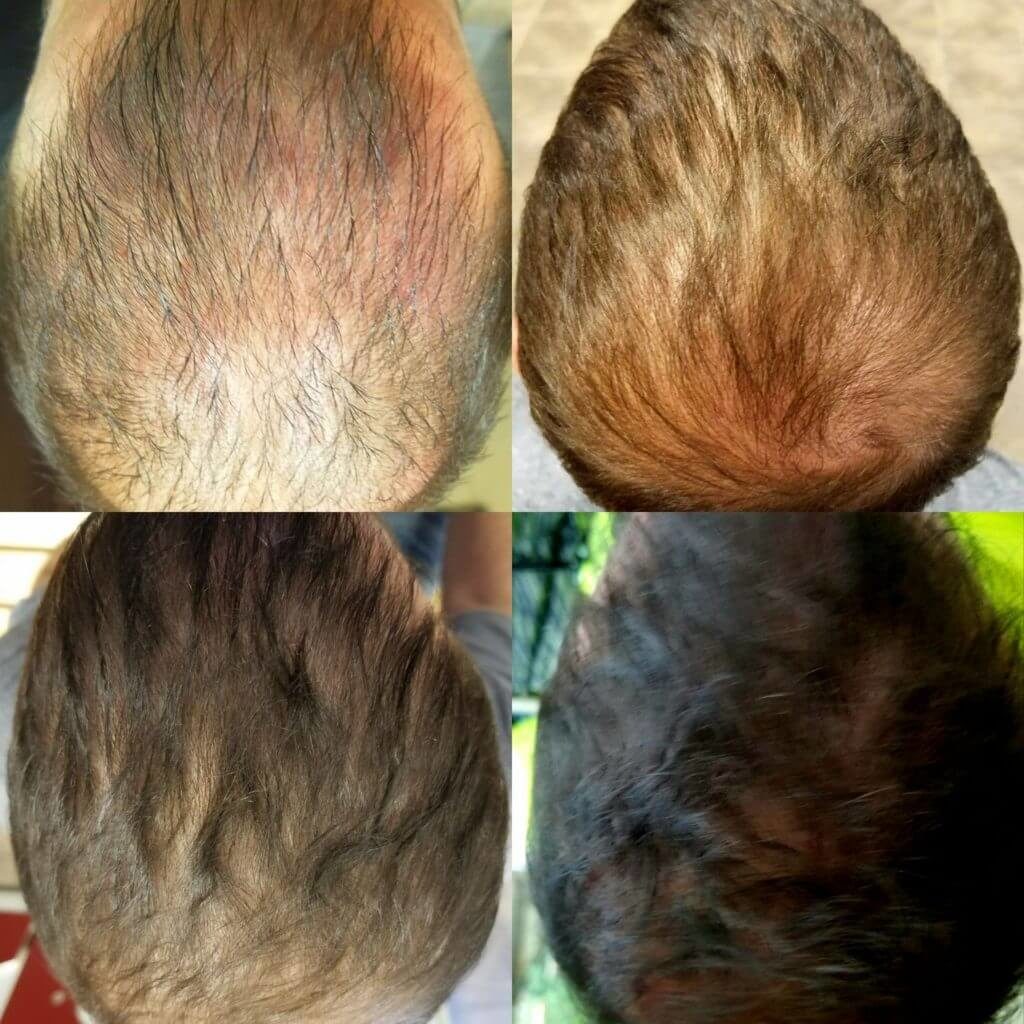 Exosomes are like little balloons that bud off the outer wall of your cells. They contain RNA, and most promisingly – mRNA, the protein manufacturer. Like highly specialized factory workers, exosomes perform every function, from building cells to delivering chemical signals.
Exosomes are like little balloons that bud off the outer wall of your cells. They contain RNA, and most promisingly – mRNA, the protein manufacturer. Like highly specialized factory workers, exosomes perform every function, from building cells to delivering chemical signals.